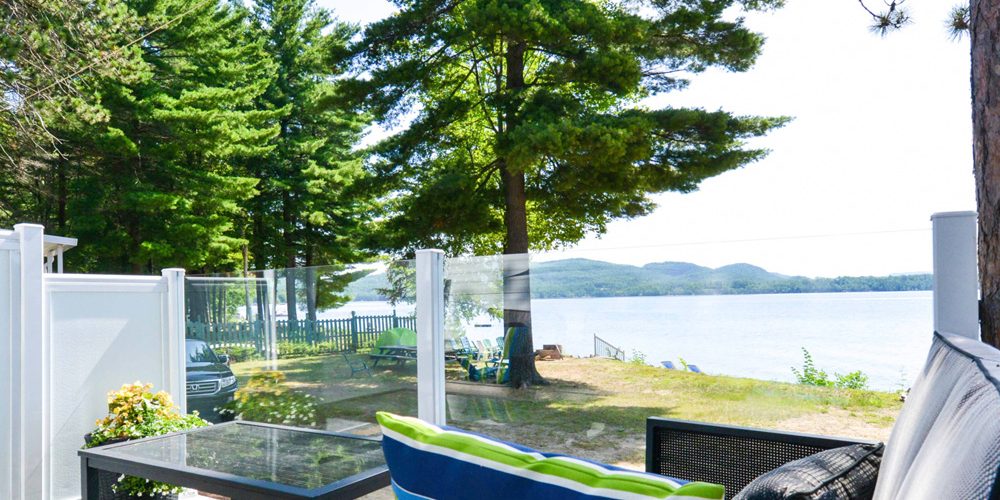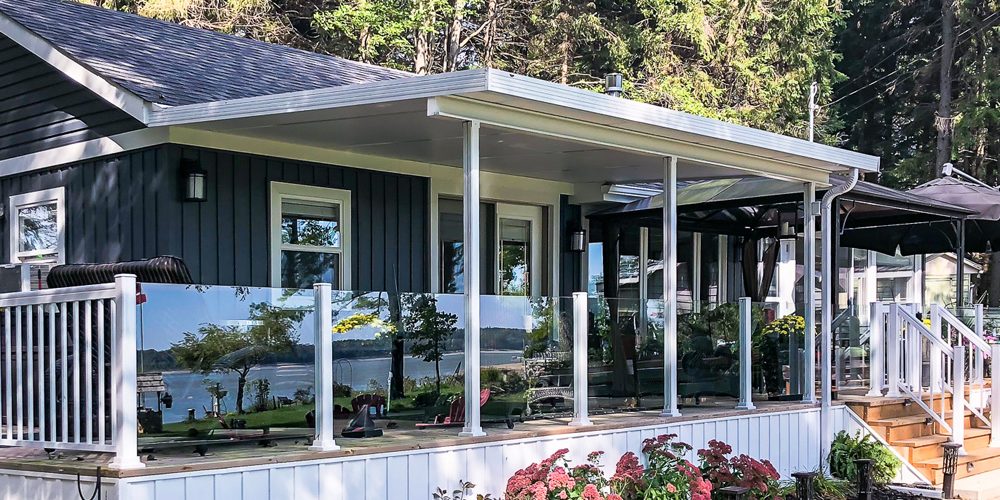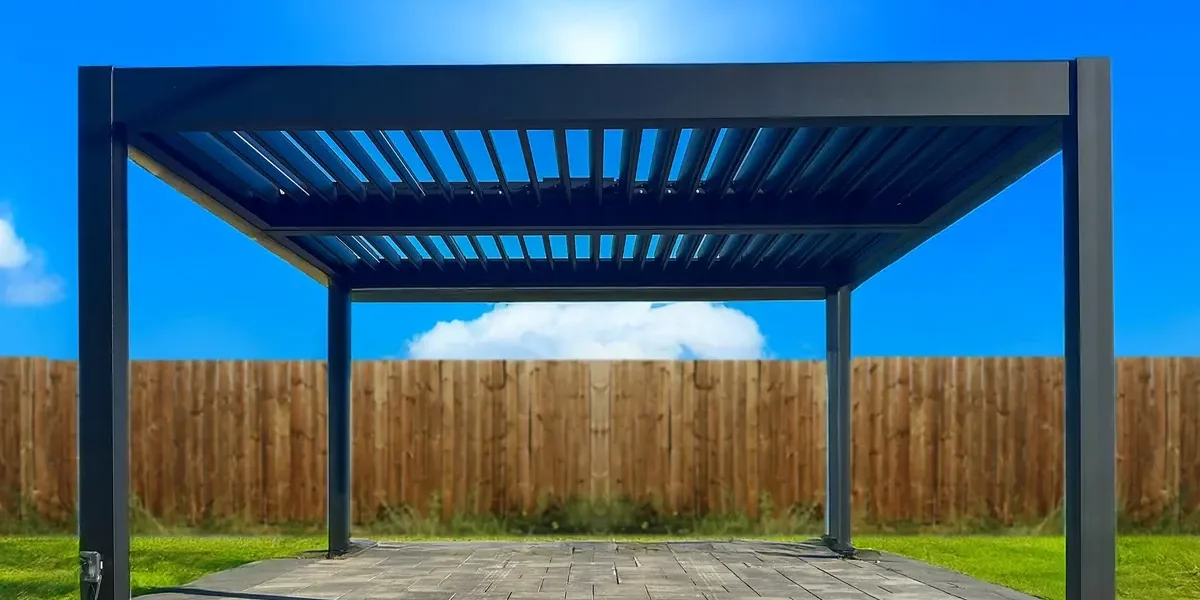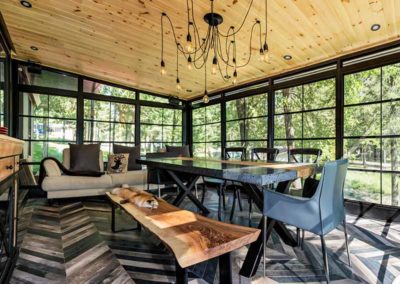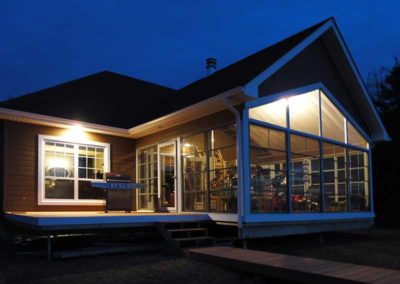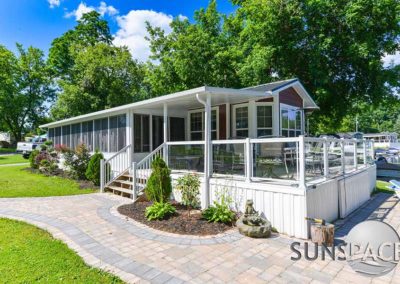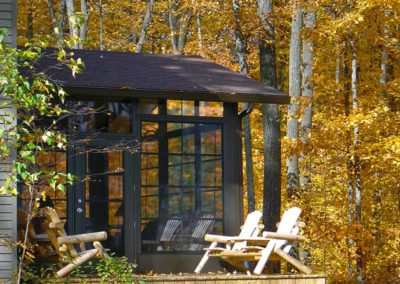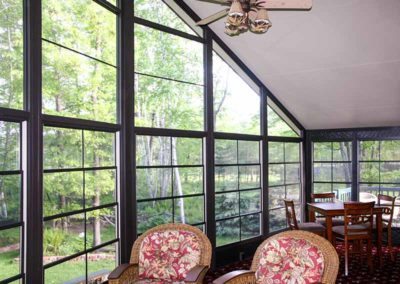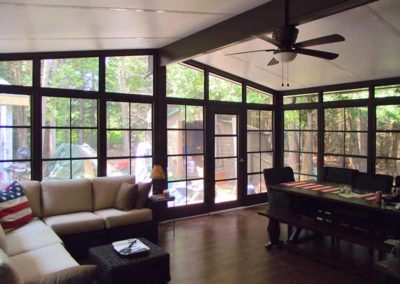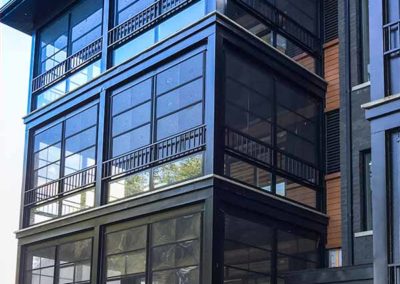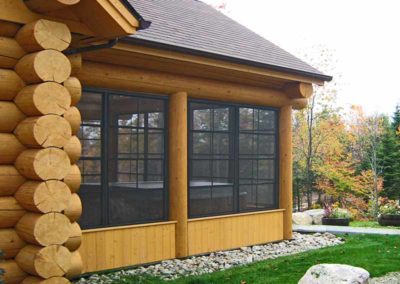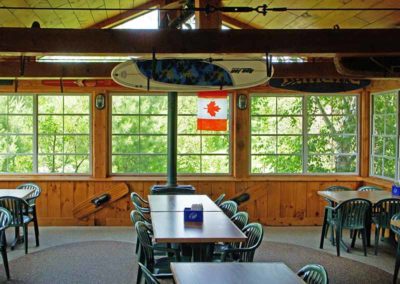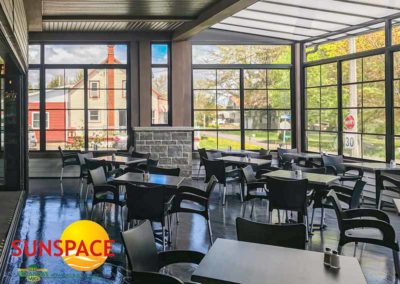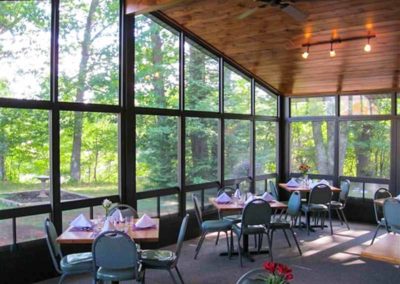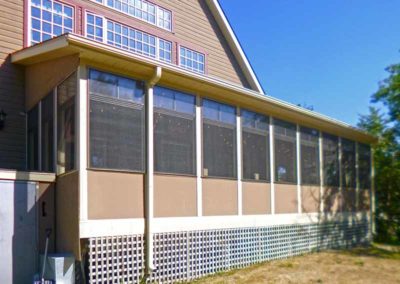Frequently Asked Questions
How to choose the best sunroom design for a small backyard?
Choosing the best sunroom design for a small backyard involves selecting a layout that maximizes space, such as a lean-to or gable style, while ensuring it complements your home’s architecture and allows ample natural light.
Can I add a sunroom to an existing house in Connecticut?
You can add a sunroom to an existing house in Connecticut. Many homeowners choose this option to enhance their living space and increase their home's value, provided they follow local building codes and regulations.
Do I need a permit for sunroom installation in CT?
A permit is typically required for sunroom installation in Connecticut. It's essential to check local regulations and consult with your contractor to ensure compliance with all building codes and zoning laws.
What is the average cost of sunroom installation in Connecticut?
The average cost of sunroom installation in Connecticut typically ranges from $20,000 to $60,000, depending on size, materials, and design features. For a precise estimate, it's best to consult with a local expert like Sunspace by Sunroom Design.
What are the benefits of having a sunroom in Rhode Island?
The benefits of having a sunroom in Rhode Island include increased natural light, enhanced living space, and improved home value. Sunrooms provide a comfortable area to enjoy the beautiful seasonal changes while staying protected from the elements.
What are the latest sunroom design trends for modern homes?
The latest sunroom design trends for modern homes emphasize open, airy spaces with large glass panels, minimalistic decor, and eco-friendly materials. Incorporating smart technology and integrated outdoor living features also enhances functionality and aesthetic appeal.
What are the benefits of sunroom installation in CT?
The benefits of sunroom installation in CT include enhanced natural light, increased living space, and improved home value. Additionally, sunrooms provide a comfortable area to enjoy the outdoors while being protected from the elements.
Can I install a sunroom in an existing Rhode Island home?
Installing a sunroom in an existing Rhode Island home is definitely possible. Our team at Sunspace by Sunroom Design can guide you through the process, ensuring compliance with local regulations and creating a beautiful addition to your home.
What factors influence sunroom design choices?
The factors that influence sunroom design choices include the intended use of the space, architectural style of the home, local climate conditions, available budget, and personal aesthetic preferences.
How to maximize space in a small sunroom?
Maximizing space in a small sunroom involves using multifunctional furniture, incorporating vertical storage solutions, and opting for light colors to create an illusion of openness. Additionally, consider using mirrors to enhance natural light and visually expand the area.
What are popular sunroom styles in Connecticut?
Popular sunroom styles in Connecticut include traditional, contemporary, and Victorian designs, each offering unique aesthetics and functionality to complement homes while maximizing natural light and views.
How can I enhance sunlight in my sunroom?
To enhance sunlight in your sunroom, consider using large windows, skylights, and light-colored furnishings that reflect sunlight. Additionally, strategically placing mirrors can amplify natural light, creating a brighter and more inviting space.
What plants thrive in Rhode Island sunrooms?
Plants that thrive in Rhode Island sunrooms include ferns, peace lilies, and succulents, as they enjoy the bright, indirect light and moderate humidity that sunrooms provide, creating a vibrant indoor garden.
Are there eco-friendly materials for sunroom construction?
Eco-friendly materials for sunroom construction include recycled glass, sustainably sourced wood, and energy-efficient insulation. These options not only reduce environmental impact but also enhance the comfort and efficiency of your sunroom.
What maintenance is required for sunrooms?
The maintenance required for sunrooms includes regular cleaning of windows and surfaces, checking for leaks, inspecting seals, and ensuring proper drainage. Additionally, seasonal upkeep may involve monitoring the roof and maintaining the surrounding landscaping.
Can sunrooms have heating and cooling systems?
Sunrooms can indeed have heating and cooling systems installed. This allows for year-round comfort, making the space enjoyable in all seasons.
How to ensure privacy in sunroom designs?
Ensuring privacy in sunroom designs involves incorporating features such as strategically placed landscaping, frosted or tinted glass, and adjustable window treatments. These elements help create a serene space while maintaining a connection to the outdoors.
What features should a functional sunroom include?
A functional sunroom should include ample natural light, energy-efficient windows, proper insulation, comfortable seating, and easy access to outdoor spaces. These features enhance usability and create a welcoming atmosphere for relaxation and enjoyment.
How do I incorporate lighting in a sunroom?
Incorporating lighting in a sunroom involves using a mix of natural and artificial sources. Consider adding ceiling fixtures, wall sconces, and floor lamps to create a warm, inviting atmosphere while maximizing the natural light from windows.
What is the best orientation for a sunroom?
The best orientation for a sunroom is typically south-facing, as it maximizes sunlight exposure throughout the day, providing warmth and natural light. East-facing orientations are also beneficial for morning sun, while west-facing can capture afternoon light.
How can I use a sunroom year-round?
Using a sunroom year-round is possible by ensuring proper insulation, heating, and cooling systems are in place. With these features, you can enjoy a comfortable space for relaxation or entertaining, regardless of the season.
Are there energy-efficient windows for sunrooms?
Energy-efficient windows for sunrooms are available and can significantly enhance insulation and reduce energy costs. These windows often feature advanced glazing technologies, low-emissivity coatings, and thermal breaks to improve comfort and efficiency in your sunroom space.
What kind of furniture is suitable for sunrooms?
The suitable furniture for sunrooms includes weather-resistant pieces like wicker or rattan, comfortable cushions, and lightweight tables. This combination enhances the inviting atmosphere while ensuring durability in a bright, sunny environment.
What colors work well for sunroom decor?
The colors that work well for sunroom decor include soft pastels, warm earth tones, and vibrant accents that enhance natural light. These hues create a welcoming atmosphere while complementing the outdoor views, making your sunroom a serene retreat.
How to design a sunroom for entertaining?
Designing a sunroom for entertaining involves creating an inviting space with comfortable seating, ample lighting, and easy access to outdoor areas. Incorporate decorative elements and functional furniture to enhance the atmosphere and accommodate gatherings.
What flooring options are ideal for sunrooms?
The ideal flooring options for sunrooms include durable materials like tile, luxury vinyl, and laminate, which can withstand temperature fluctuations and moisture while providing an attractive aesthetic that complements your sunroom's design.
How do local climates affect sunroom design?
Local climates significantly influence sunroom design. Factors such as temperature, humidity, and seasonal weather patterns dictate materials, insulation, and ventilation choices, ensuring the sunroom remains comfortable and functional year-round.
What are the most common sunroom mistakes?
The most common sunroom mistakes include poor location selection, inadequate insulation, neglecting proper ventilation, and failing to integrate design with the existing home. These oversights can lead to discomfort and reduce the sunroom's overall functionality and appeal.
Can sunrooms serve as extra bedrooms?
Sunrooms can serve as extra bedrooms if designed and insulated properly. With the right furnishings and climate control, they provide a comfortable space for relaxation and rest, enhancing your home’s functionality.
How to blend a sunroom with existing architecture?
Blending a sunroom with existing architecture involves matching materials, colors, and design elements to create a cohesive look. Consider using similar rooflines, window styles, and finishes to ensure the sunroom complements your home seamlessly.
